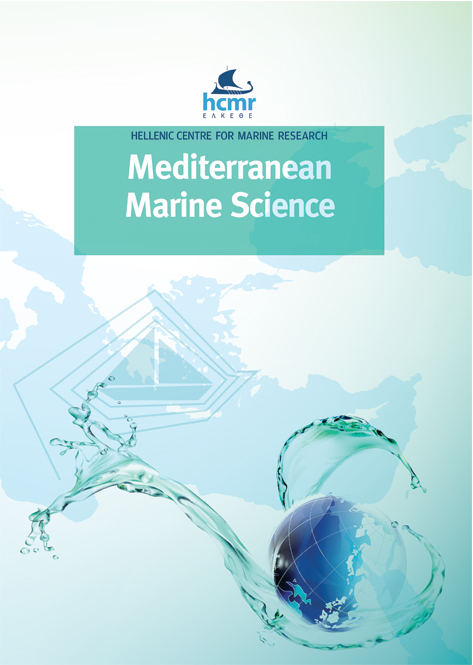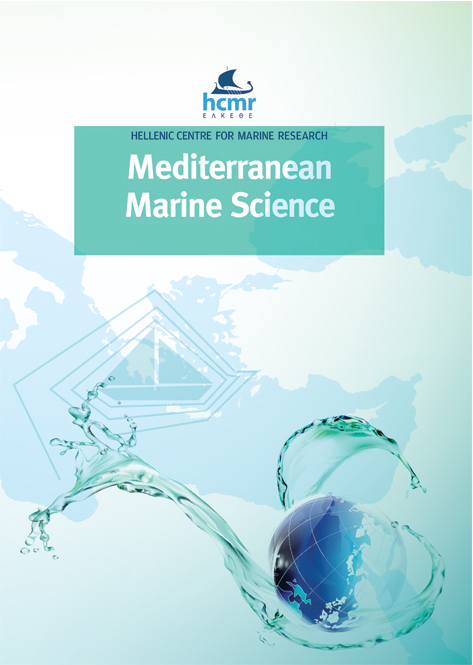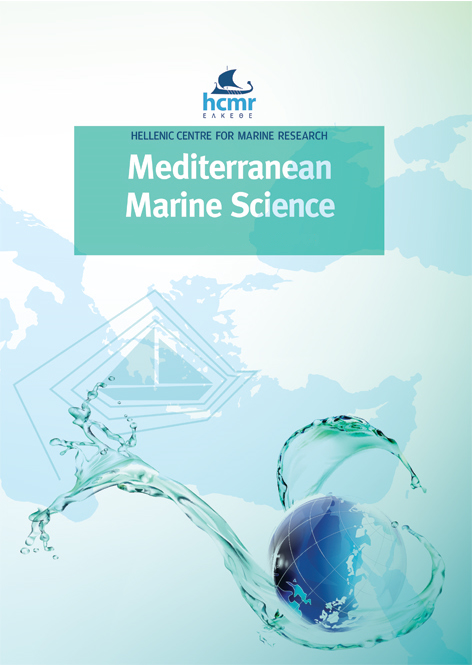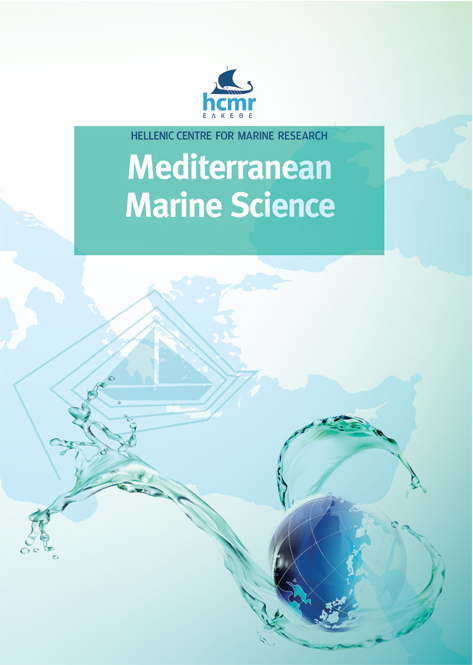Marine megafauna bycatch in the Pelagie Archipelago fisheries (Strait of Sicily, central Mediterranean)

Abstract
Seabirds rank among the most threatened long-lived marine species globally, with unintentional capture in fisheries (bycatch) being a major source of mortality. The Pelagie Archipelago, located in the Strait of Sicily in the central Mediterranean, hosts different fishing activities and is a hotspot for marine megafauna biodiversity, including the second most important breeding colony of Scopoli’s shearwater (Calonectris diomedea) in the Mediterranean. This study presents one of the first assessments of seabird bycatch in Italian waters, evaluating the impact of multiple fishing gears on marine megafauna, particularly seabirds, using data collected between 2021 and 2024. A total of 35 fishing trips (215 hauls) were monitored through onboard observations, and 29 structured interviews were conducted with local fishers. Bycatch rates were estimated using standardized metrics, including Bycatch Per Unit Effort (BPUE; birds per 1,000 hooks) for drifting longlines, which are the gear most frequently associated with seabird mortality. Overall, 27 C. diomedea and 9 yellow-legged gulls (Larus michahellis) were unintentionally caught during drifting longline operations, with an additional C. diomedea caught incidentally in bottom trawling. No seabird bycatch was observed in other gear types, such as gillnets, lines, and set longlines). However, a number of other long-lived species of conservation concern, including sharks, rays, and sea turtles were unintentionally caught, primarily through bottom trawling and drifting longlines. No cetaceans were caught by any gear during the monitoring fishing trips. During the interview survey, fishers reported several incidents of bycatch involving seabirds, elasmobranchs, and sea turtles, particularly related to drifting longlines. This represents the first preliminary investigation indicating that bycatch of different seabird species occurs in the Pelagie Archipelago. Overall, the data demonstrated that drifting longlines could pose a threat to the survival of these species in the area. Finally, more research and collaboration with fisheries are essential to gather additional data and evaluate the potential conservation implications for marine megafauna in the Pelagie Archipelago.
Article Details
- How to Cite
-
BONANOMI, S., DI GANGI, A., VULCANO, A., CELADA, C., & GAIBANI, G. (2025). Marine megafauna bycatch in the Pelagie Archipelago fisheries (Strait of Sicily, central Mediterranean). Mediterranean Marine Science, 26(4), 827–841. https://doi.org/10.12681/mms.40718
- Section
- Research Article
Authors who publish with this journal agree to the following terms:
- Authors retain copyright and grant the journal right of first publication with the work simultaneously licensed under a Creative Commons Attribution Non-Commercial License that allows others to share the work with an acknowledgement of the work's authorship and initial publication in this journal.
- Authors are able to enter into separate, additional contractual arrangements for the non-exclusive distribution of the journal's published version of the work (e.g. post it to an institutional repository or publish it in a book), with an acknowledgement of its initial publication in this journal.
- Authors are permitted and encouraged to post their work online (preferably in institutional repositories or on their website) prior to and during the submission process, as it can lead to productive exchanges, as well as earlier and greater citation of published work (See The Effect of Open Access).








